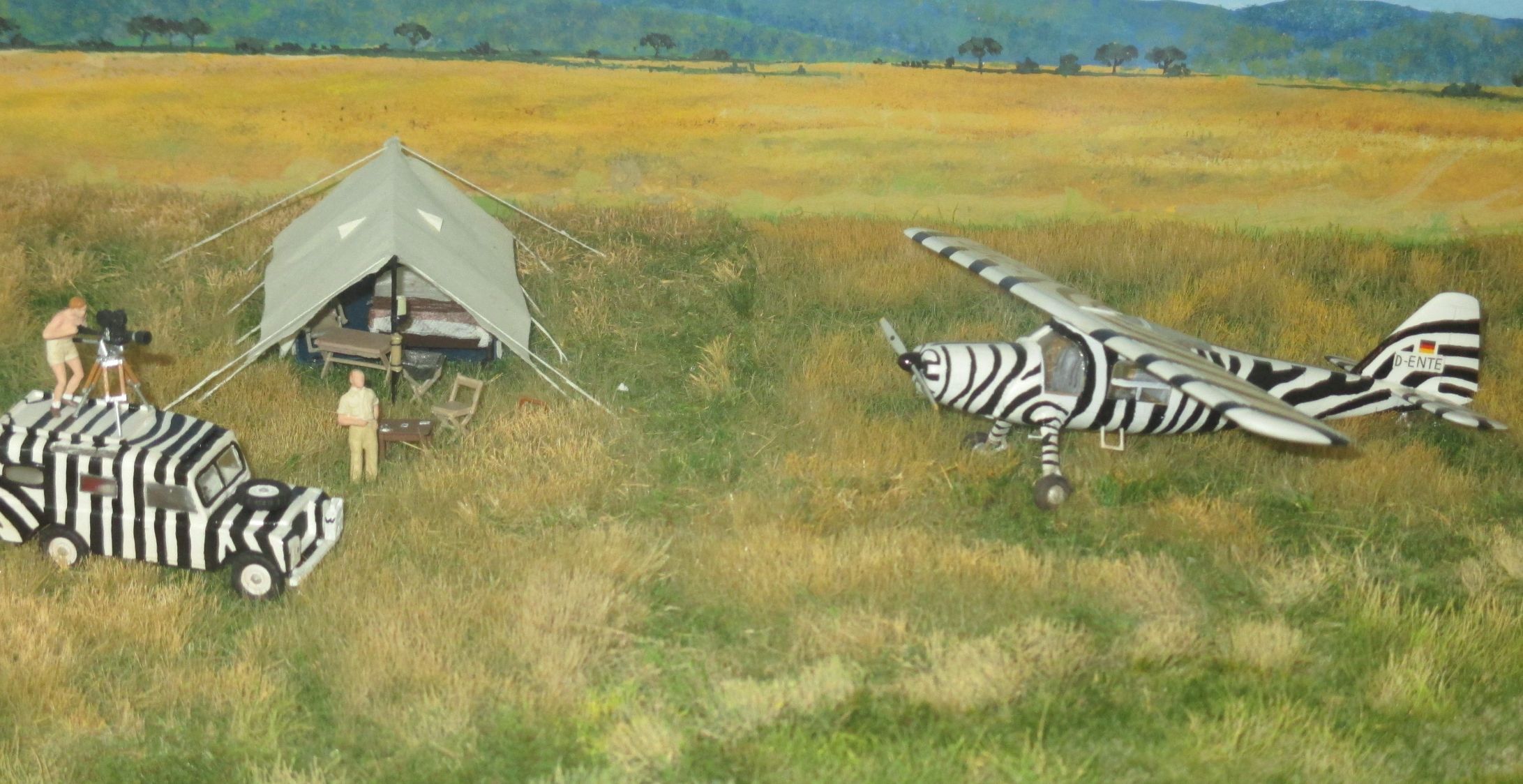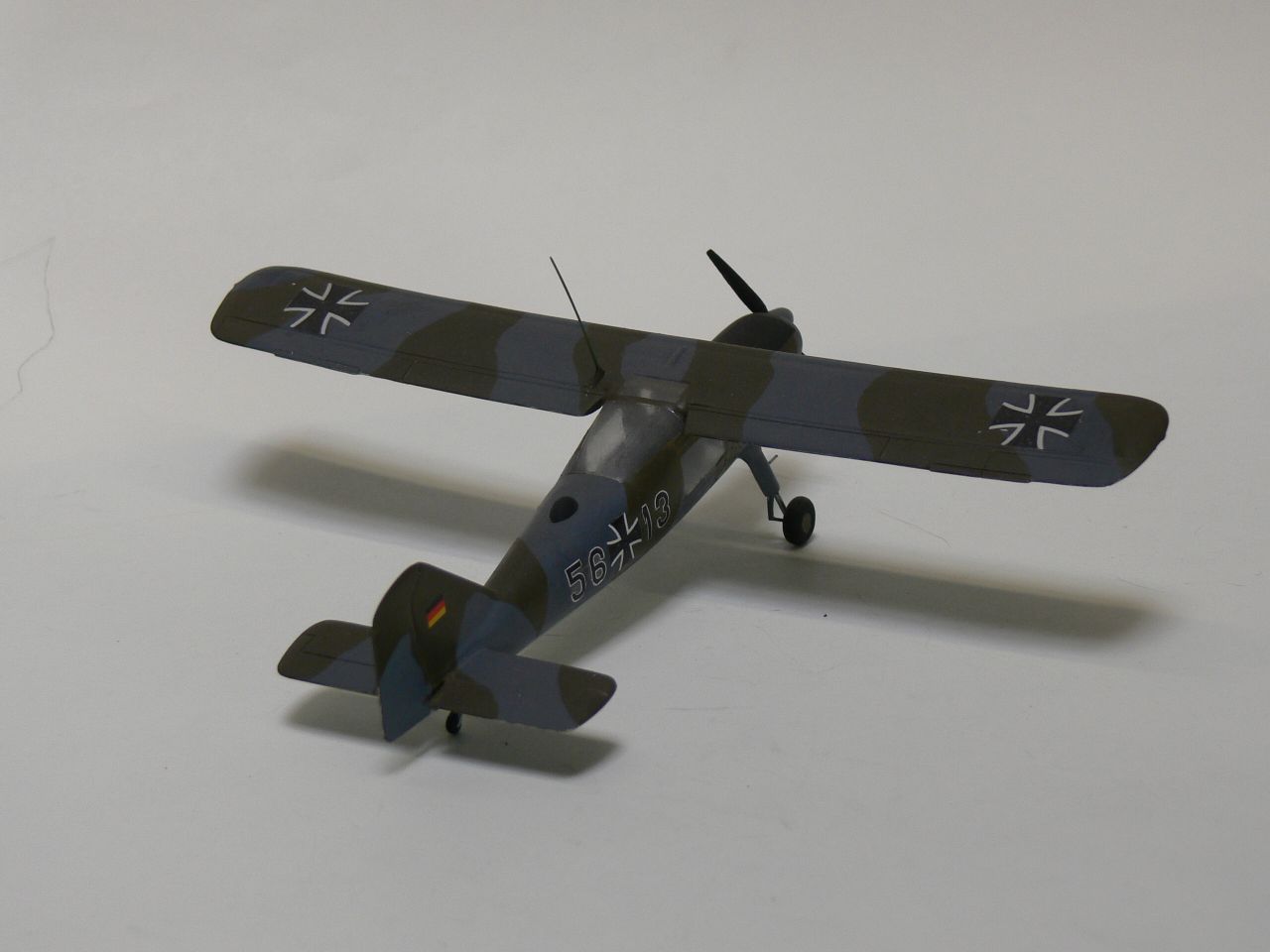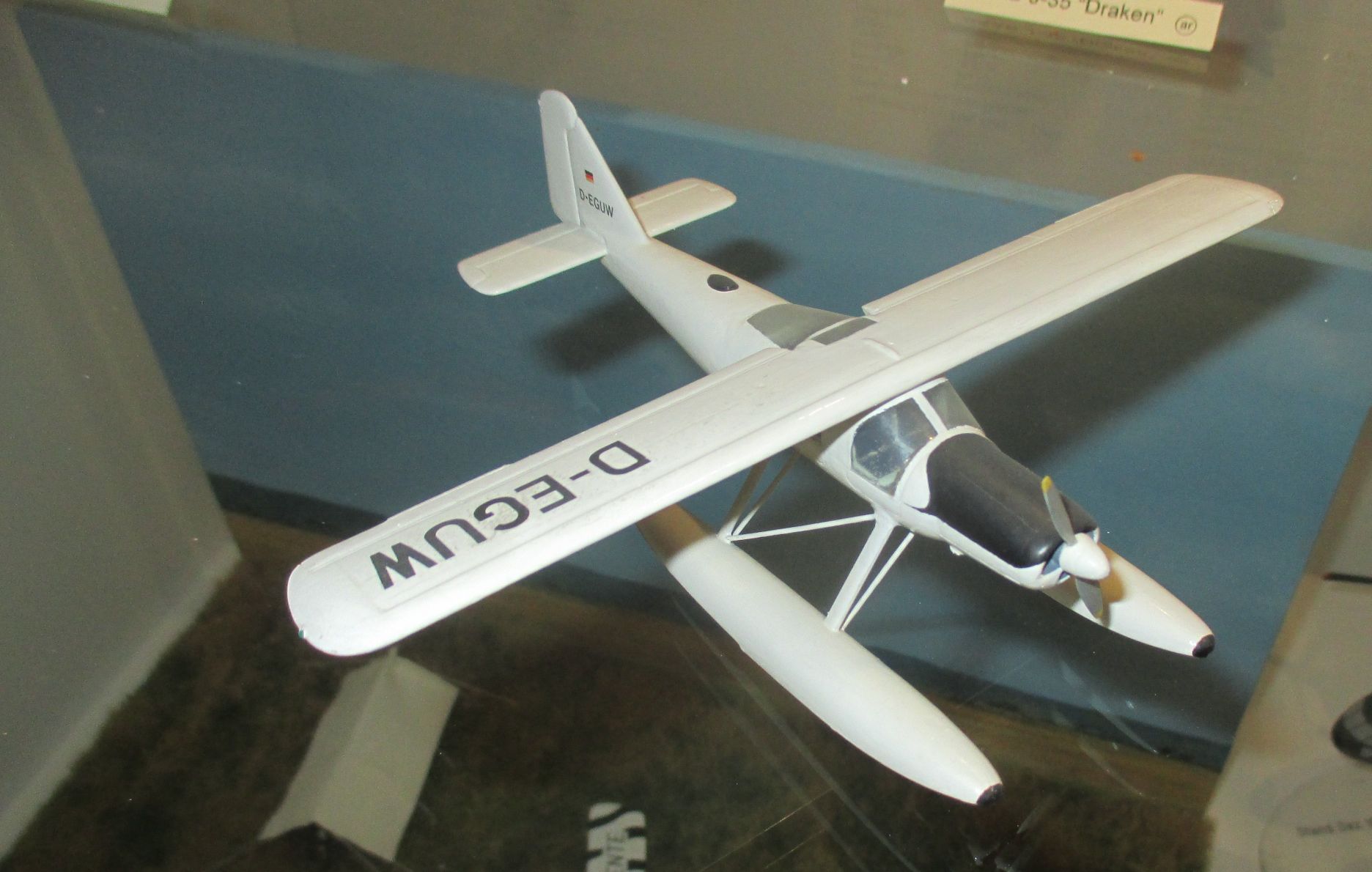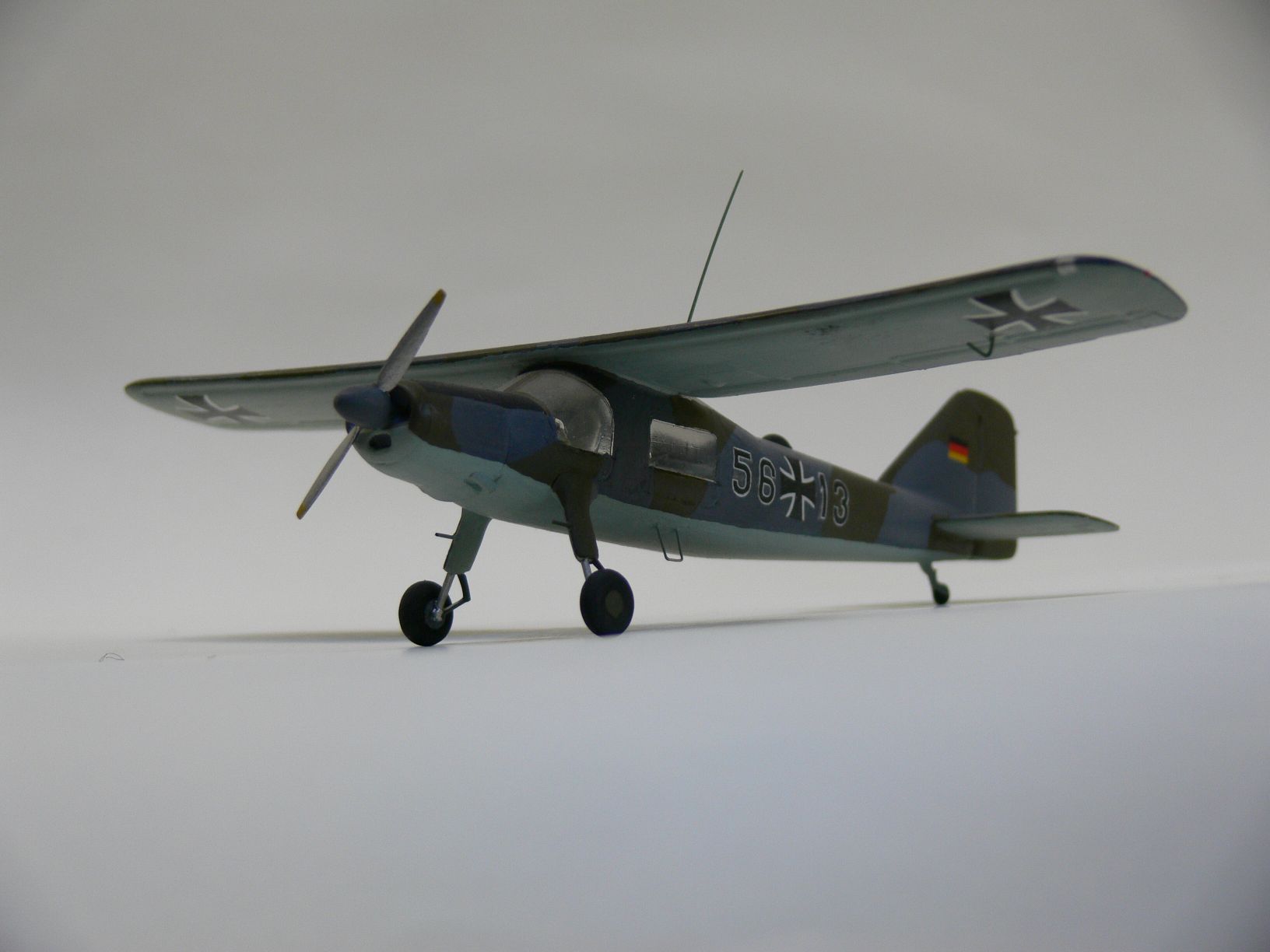Modell des Monats Januar 2024 Dornier Do 27
Restart…The Dornier Do 27
From the original to the model
An independent part of the collections of the Hannover-Laatzen Aviation Museum are the more than 1,000 scale models, primarily of the international standards 1/72, 1/48 and 1/32.
Such true-to-original miniatures allow viewers of museum technology history to gain an "overview", not only of the individual exhibit (sometimes even as the only possibility of a real three-dimensional display if there is no surviving original), but also of the lines of development of aircraft construction through possible sequencing and comparison. Sometimes they even close gaps in the presentation of the originals. The quality of their craftsmanship alone is a pleasure to behold.
Today, in our 'Model of the Month' series, we present the first German aircraft built after 1945: The Dornier Do 27, a single-engine, six-seater multi-purpose aircraft with STOL (“Short Take Off and Landing”) capability. In its worldwide civilian, official and military use, the design, which took to the air 11 years after the end of the war, was not only of economic and technical importance, but also of political significance.

The models: Variations...
Various manufacturers from Heller to HUMA to Special Hobby had and have the type in various civilian and military versions in their 1/72 program.
The small company Dahlmann, based in Hildesheim, reissued several former Faller aircraft models from the 1950/60s around 2000, including two versions of the Do 27. Partly reworked, the kits in German architectural scale 1/100 were also ideal for enlivening urban and railroad dioramas in H0 - and a charming reminiscence of the great days of model making.
The Original: Restart with tradition
On October 17, 1956, Dornier Werke GmbH presented its Do 27 shoulder-wing monoplane to the world. After almost a decade in "exile" in Spain, the long-established company had returned to Germany after the Allied bans and restrictions on German aviation had largely ended.
The type, of which over 600 were built until 1965 and flown worldwide, was the first aircraft designed by a German manufacturer and built in Germany after 1945. The robust aircraft with its all-metal shell design, large windows and fixed landing gear was powered by a Lycoming GO-480 B1 piston engine with a twin-bladed propeller and was a convincing "all-purpose machine" for passenger and cargo transport, liaison, patrol and reconnaissance missions, medical and sports use, training and expeditionary and photographic/surveying tasks. Even used by the Israeli and various African air forces for combat missions, the majority of the production flew in all three branches of the German armed forces, which ultimately made general aircraft construction in the Federal Republic of Germany economically possible and secure with an order for 428 units. And with the takeover of the type into military service, it also contributed to the reality of the gradually regained military sovereignty.

The Do 27 from the display case of the two German air forces from 1956 to 1990. The Bundeswehr used the type as a scout, liaison and light transport aircraft.
Phoenix mit STOL
Equipped with short take-off and landing (STOL) capability, the Do 27 was a continuation of the design idea of Gerhard Fieseler's Fi 156 "Storch" and could be used almost independently of airports and ground facilities, and its global success also marked a new start for the German aviation industry - a phoenix with STOL.
However, the "zebra-painted" type became popular in the literal sense of the word as the expedition aircraft of the German zoologist and cosmopolitan Prof. Bernhard Grzimek in Africa. His research and his advocacy for the preservation of the Serengeti in particular are unforgettable. The film documentary "Serengeti must not die" is still worth seeing today. Tragic was the fatal accident of his son and colleague Michael with this so safe and reliable airplane due to a collision with a vulture on the black continent.

Datasheet Dornier Do 27:
Length: 9.60 m; Wingspan: 12.00 m; Flying weight: 1,500 kg; Cruising speed: 205 km/h; Propulsion: 1 x Lycoming Boxer engine GO-480 B1 with 275 hp; Seats: 1 + 5.

Have we managed to arouse your curiosity about our collections with over 40 originals and faithful replicas, just as many engines and hundreds of items of equipment as well as our model collection? Then we look forward to your visit to Ulmer Straße at the Hanover exhibition grounds: See you there!
sb

